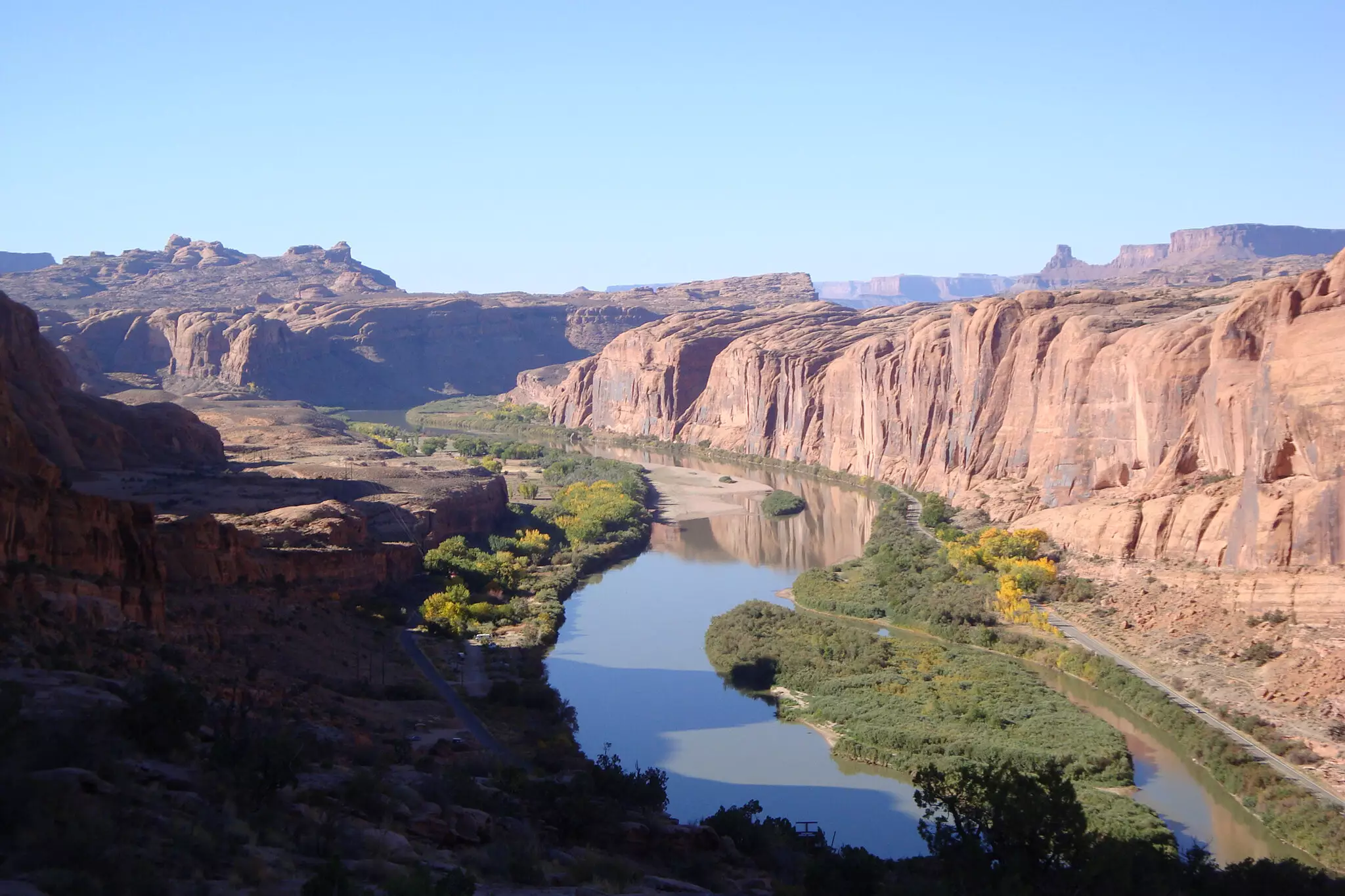The Colorado River stands as a crucial water source in the Western United States, integral not only for domestic consumption but also for agricultural irrigation spanning seven states. This artery of life flows through fertile landscapes, fueling economies and sustaining livelihoods. However, escalating pressures from climate change and prolonged droughts threaten its existence and the communities reliant upon it. As the river’s health declines, innovative solutions that engage scientific research and policy-making become imperative.
In light of these growing adversities, a research team led by Penn State scientists has developed a novel computational tool known as the Framework for Narrative Storylines and Impact Classification (FRNSIC). This tool is designed to enhance decision-making processes through exploration of diverse potential scenarios, offering a multidimensional approach to managing water resources. In their recent publication in the journal Earth’s Future, the researchers detail how this framework can guide stakeholders in grappling with the intricate realities of climate-induced changes.
Antonia Hadjimichael, an assistant professor in the Department of Geosciences at Penn State and the study’s lead author, emphasizes the importance of scenario planning as a means to strategize for future uncertainties. As different states, such as Colorado, strive to orient themselves within forthcoming realities dictated by science and stakeholder feedback, comprehensive planning becomes essential. Approaches must transcend simplistic models and instead embrace a fuller range of possibilities, from extreme drought under heightened warming conditions to milder scenarios reflecting lower temperature increases.
Traditionally, scenario planning has focused on a narrow band of possibilities, often overlooking the complex interplay of factors involved. While experts have utilized exploratory modeling techniques to simulate thousands, or even millions, of potential futures, such strategies can be overwhelming for those charged with making concrete decisions. Hadjimichael’s team, realizing this gap, has aimed to forge a tool that effectively merges these two approaches: one that retains the nuance of scientific predictions yet remains accessible for practical use.
FRNSIC employs exploratory modeling at its core, analyzing a vast array of hypothesized future scenarios. This foundational phase aids in generating narratives surrounding potential impacts across various stakeholding groups, transforming raw predictions into locally relevant storylines. By discerning which scenarios hold particular significance for different stakeholders—ranging from industrial farmers to small acreage operators—the tool introduces a level of pluralism and detail that enhances the planning process.
Water managers within the Colorado River basin face multifaceted challenges. These encompass the intricacies of fulfilling the water demands of expanding populations and agricultural interests while adhering to legally stipulated river flow allocations. It becomes increasingly clear that a “one-size-fits-all” approach to water management is futile; stakeholders encompass a wide spectrum, including large-scale agricultural enterprises and small family farms, each with unique needs and priorities.
This diversity reinforces the necessity for tools like FRNSIC. By generating tailored storylines that speak to the distinct concerns of varied stakeholders, the framework allows for a more nuanced understanding of potential water management outcomes. Policymakers can draw on these storylines to inform decisions and negotiations, enabling a collaborative approach to navigate the common challenges that lie ahead.
Beyond its immediate applications, the narrative scenarios produced by FRNSIC bear significant implications for future work within the Colorado River basin. With these insights, decision-makers can evaluate how strategic interventions might alter the trajectory of drought impacts as populations adapt to changing circumstances. Such foresight could serve as a catalyst for collaborative discussions among stakeholders, enhancing transparency and fostering a commitment to collective action.
As the Colorado River faces unprecedented challenges, tools like the FRNSIC represent a beacon of hope. They not only provide a way to envision potential futures but also facilitate informed decision-making that resonates with the diverse tapestry of stakeholder needs. Through this innovative framework, it is possible to confront complexities with greater confidence, ensuring that both the river and the myriad lives it sustains can thrive amid an uncertain climate future. Ultimately, effective water management demands ingenuity, collaboration, and a willingness to embrace uncertainty—qualities that will redefine the future of the Colorado River and beyond.


Leave a Reply